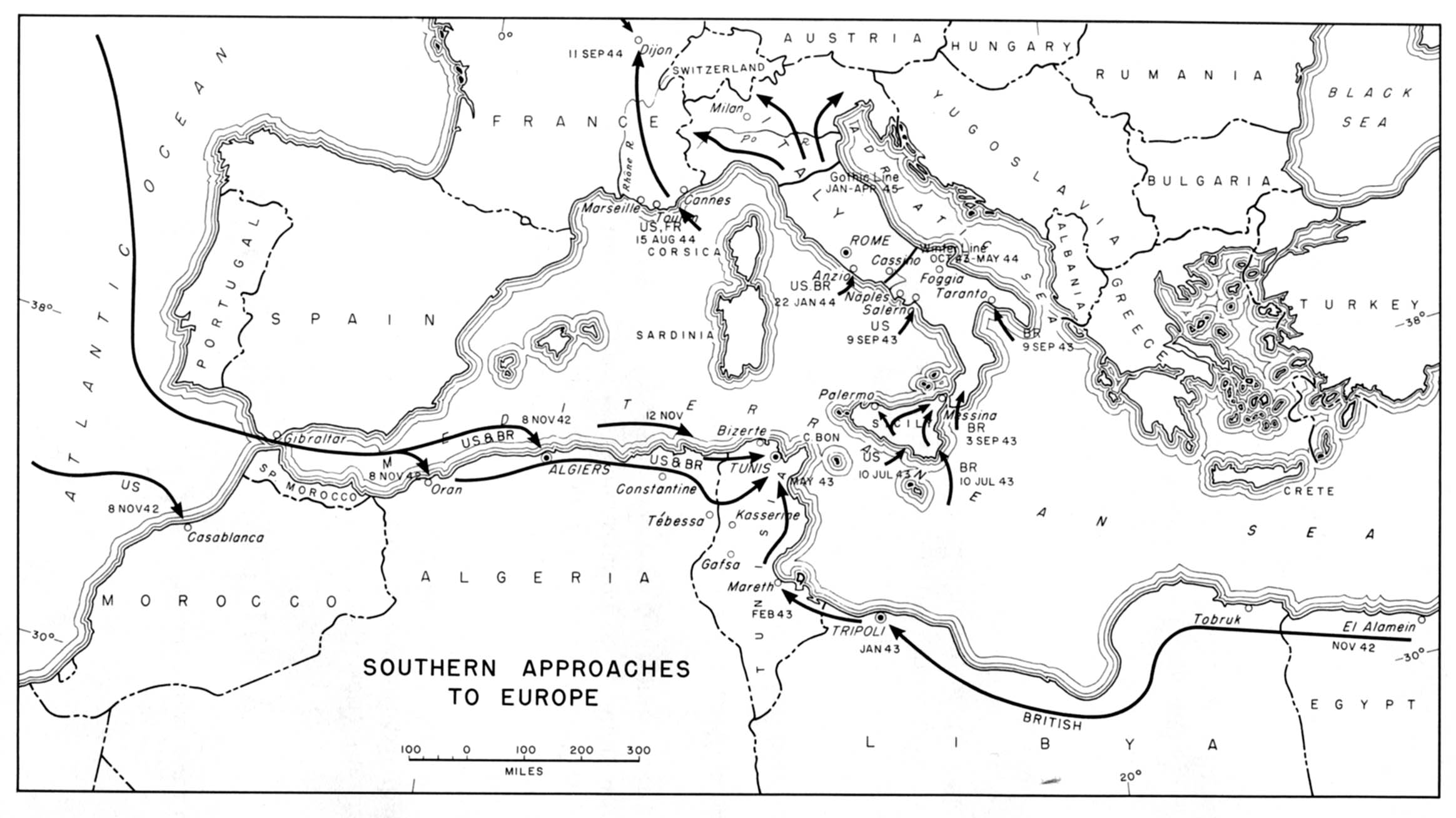
:max_bytes(150000):strip_icc()/battle-of-midway-large-57c4b9893df78cc16ed8067f.jpg)
President Truman's defenders argued that the bombs ended the war quickly, avoiding the necessity of a costly invasion and the probable loss of tens of thousands of American lives and hundreds of thousands of Japanese lives. Three days later, a second bomb fell on Nagasaki. Between 80,000 and 140,000 people were killed or fatally wounded. On August 6, 1945, the Enola Gay, a B-29 Superfortress, released an atomic bomb over Hiroshima, Japan.


It was during the Potsdam negotiations that President Harry Truman learned that American scientists had tested the first atomic bomb. On July 16, 1945, in the New Mexico desert near Alamogordo, the Manhattan Project's scientists exploded the first atomic bomb. To ensure that the United States developed a bomb before Nazi Germany did, the federal government started the secret $2 billion Manhattan Project. On December 2, 1942, Enrico Fermi, an Italian refugee, produced the first self-sustained, controlled nuclear chain reaction in Chicago. In 1939, Albert Einstein wrote a letter to President Roosevelt, warning him that the Nazis might be able to build an atomic bomb. But Japanese Americans living on the Pacific coast were relocated from their homes and placed in internment camps. During the war, African Americans, women, and Mexican Americans founded new opportunities in industry. It led the federal government to create a War Production Board to oversee conversion to a wartime economy and the Office of Price Administration to set prices on many items and to supervise a rationing system.Ģ. The war ended Depression unemployment and dramatically expanded government's presence in American life. Japan agreed to surrender on Augafter the United States dropped the first atomic bombs on the Japanese cities of Hiroshima and Nagasaki.ġ. From 1943 to August 1945, the Allies hopped from island to island across the Central Pacific and also battled the Japanese in China, Burma, and India. The United States and its Allies halted Japanese expansion at the Battle of Midway in June 1942 and in other campaigns in the South Pacific. The United States entered the war following a surprise attack by Japan on the U.S. In December, a German counteroffensive (the Battle of the Bulge) failed. On D-Day, June 6, 1944, the Allies landed in Northern France. After defeating the Axis in North Africa in May 1941, the United States and its Allies invaded Sicily in July 1943 and forced Italy to surrender in September. By November 1942, the Axis powers controlled territory from Norway to North Africa and from France to the Soviet Union. On September 1, 1939, World War II started when Germany invaded Poland. It ended the Depression, brought millions of married women into the workforce, initiated sweeping changes in the lives of the nation's minority groups, and dramatically expanded government's presence in American life. In both domestic and foreign affairs, its consequences were far-reaching. World War II cost the United States a million causalities and nearly 400,000 deaths. Entire societies participated as soldiers or as war workers, while others were persecuted as victims of occupation and mass murder. Some 70 nations took part in the conflict, and fighting took place on the continents of Africa, Asia, and Europe, as well as on the high seas. At least 19 million Soviet civilians, 10 million Chinese, and 6 million European Jews lost their lives during the war. Altogether, 70 million people served in the armed forces during the war, and 17 million combatants died. World War II killed more people, involved more nations, and cost more money than any other war in history.


 0 kommentar(er)
0 kommentar(er)
